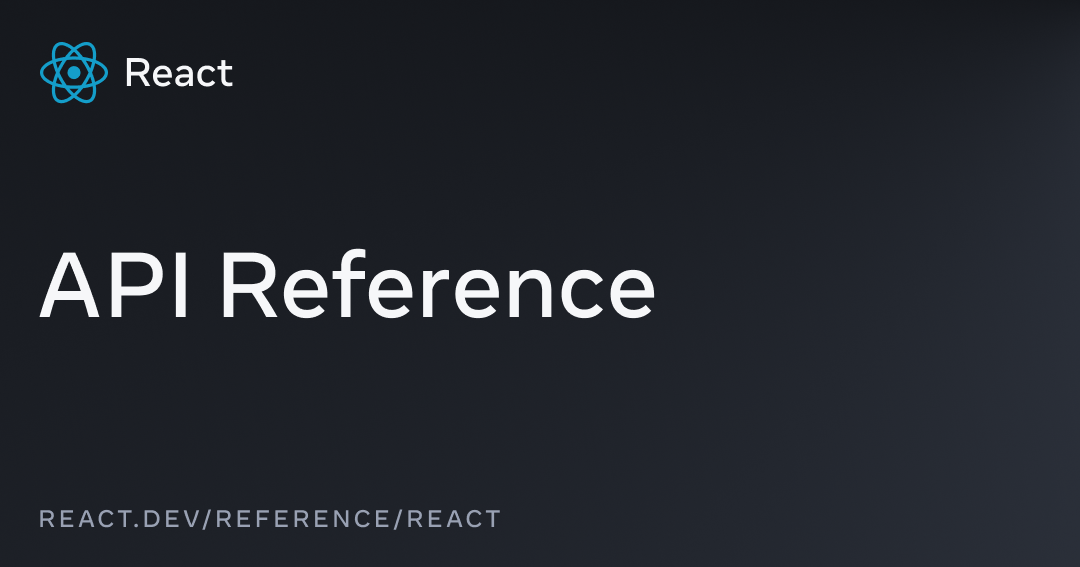Set Selected Option in React JSX Select
Learn how to use the "selected" attribute within JSX in React to pre-select an option in a dropdown menu.
Learn how to use the "selected" attribute within JSX in React to pre-select an option in a dropdown menu.
This guide will explain how to manage selected options in React select elements. Unlike using the "selected" attribute on option elements, React provides a more efficient way. First, you need to set up a state variable using the useState Hook to store the currently selected value. Then, create a select element with an onChange event handler that updates the state whenever the user selects a different option. You can populate the options dynamically using JavaScript arrays or objects. To pre-select an option, set the initial state value to the desired option's value. Remember, avoid using the "selected" attribute directly on option elements and utilize the "value" prop on the select element instead. The onChange event handler is crucial for capturing user selections and updating the state. For complex scenarios, consider using controlled components or third-party libraries like react-select. By following these steps, you can effectively manage selected options in your React applications.
While setting the selected attribute on <option> elements might seem intuitive, React offers a more efficient and controlled approach for managing selected options in <select> elements. Let's explore the steps involved:
1. Setting Up State:
useState Hook for this:const [selectedValue, setSelectedValue] = useState(''); // Initial value can be adjusted2. Building the Select Element:
<select> element and provide it with an onChange event handler. This handler will update the state whenever the user selects a different option:<select value={selectedValue} onChange={(event) => setSelectedValue(event.target.value)}>
{/* Options will go here */}
</select>3. Populating Options:
.map() method to create options from an array:const options = ['apple', 'banana', 'orange'];
<select value={selectedValue} onChange={(event) => setSelectedValue(event.target.value)}>
{options.map((option) => (
<option key={option} value={option}>{option}</option>
))}
</select>4. Setting the Default Value (Optional):
const [selectedValue, setSelectedValue] = useState('banana'); // Banana will be pre-selectedKey Points:
selected attribute directly on <option> elements. React manages the selected state internally, and setting selected can lead to unexpected behavior and warnings.value prop on the <select> element. This prop controls the selected option and should be linked to your state variable.onChange event handler. This allows you to capture user selections and update the state accordingly.Additional Considerations:
<select> element, including open/closed state and focus.react-select for advanced features like searching, multi-select, and custom styling.By following these steps, you can effectively manage selected options in your React applications, ensuring a smooth and controlled user experience.
This React component creates a dropdown menu for selecting a fruit. It uses the useState hook to manage the selected fruit and dynamically generates option elements from a list of fruits. The selected fruit is displayed below the dropdown.
Here's a complete React component example that demonstrates the steps outlined in the guide:
import React, { useState } from 'react';
function FruitSelector() {
const [selectedFruit, setSelectedFruit] = useState('');
const fruits = ['apple', 'banana', 'orange', 'grape'];
const handleFruitChange = (event) => {
setSelectedFruit(event.target.value);
};
return (
<div>
<h2>Select a Fruit:</h2>
<select value={selectedFruit} onChange={handleFruitChange}>
{fruits.map((fruit) => (
<option key={fruit} value={fruit}>
{fruit}
</option>
))}
</select>
<p>You selected: {selectedFruit}</p>
</div>
);
}
export default FruitSelector;Explanation:
useState and define the state variable selectedFruit to store the current selection.fruits containing the available options.<select> element has its value bound to selectedFruit and an onChange handler (handleFruitChange) to update the state..map to dynamically create <option> elements for each fruit in the fruits array.<select> element.Running the Example:
FruitSelector.js.FruitSelector component in your main application file.Now, you should have a working dropdown menu where you can select a fruit, and the selected value will be displayed below.
While the provided guide and example offer a solid foundation for managing selected options in React, let's explore some additional techniques to elevate the user experience and functionality:
1. Handling Disabled Options:
disabled attribute to the desired <option> elements:<option key={option} value={option} disabled={option === 'banana'}>
{option}
</option>2. Grouping Options with <optgroup>:
<optgroup> element to categorize them:<optgroup label="Fruits">
<option value="apple">Apple</option>
<option value="banana">Banana</option>
</optgroup>
<optgroup label="Vegetables">
{/* ... */}
</optgroup>3. Providing Visual Feedback:
select option:checked {
background-color: lightblue;
}4. Integrating with Forms:
<select> within a form, ensure you include a name attribute to associate it with the form data:<select name="fruitChoice" value={selectedFruit} onChange={handleFruitChange}>
{/* ... */}
</select>5. Advanced Customization with Libraries:
react-select, downshift, or react-hook-form.Remember:
| Step | Description | Code Example |
|---|---|---|
| 1. Setting Up State | Define a state variable to store the selected value using useState. |
const [selectedValue, setSelectedValue] = useState(''); |
| 2. Building the Select Element | Create a <select> element with an onChange handler to update the state. |
<select value={selectedValue} onChange={(event) => setSelectedValue(event.target.value)}> |
| 3. Populating Options | Use JavaScript to dynamically generate <option> elements within the <select>. |
options.map((option) => (<option key={option} value={option}>{option}</option>)) |
| 4. Setting Default Value (Optional) | Set the initial state value to pre-select an option. | const [selectedValue, setSelectedValue] = useState('banana'); |
In conclusion, managing selected options in React select elements involves a clear and efficient approach. By leveraging state variables, event handlers, and dynamic option generation, you can create interactive and user-friendly dropdown menus. Remember to avoid directly using the "selected" attribute on option elements and instead rely on React's state management capabilities. For more advanced features and customization, explore third-party libraries like react-select. By following these guidelines and considering the additional enhancements mentioned, you can ensure a seamless and enjoyable user experience when working with select elements in your React applications.
 – React | The library for web and native user interfaces
– React | The library for web and native user interfaces How can I set the value of a select input in React? - 30 seconds of ... | Learn of all the different ways to set the value of a selected input in React with this quick guide.
How can I set the value of a select input in React? - 30 seconds of ... | Learn of all the different ways to set the value of a selected input in React with this quick guide. How to Get Selected Value from a Mapped Select Input in React | Aug 11, 2020 ... To fetch the selected value from the select element, you can use the onChange event handler prop. Just like the input or textarea elements, you ...
How to Get Selected Value from a Mapped Select Input in React | Aug 11, 2020 ... To fetch the selected value from the select element, you can use the onChange event handler prop. Just like the input or textarea elements, you ...![[Solved] Ion Select Selected Option - Ionic React - Ionic Forum](https://global.discourse-cdn.com/ionicframework/original/3X/b/e/be9f21e0d32bf8b9c5f5962918f39bf73128fd5a.png) [Solved] Ion Select Selected Option - Ionic React - Ionic Forum | Today I was auto filling a form, and noticed that if I put selected on the option it doesn’t actually show it as selected, but if you click into the select drop down it is selected, and when I click “ok” it displays correctly. Am I doing this correctly? adopting is set to whatever passes through to the component. function getDogOptions(dogs) { const data = dogs.map((el, index) => { return ({el.name}); }); return dat...
[Solved] Ion Select Selected Option - Ionic React - Ionic Forum | Today I was auto filling a form, and noticed that if I put selected on the option it doesn’t actually show it as selected, but if you click into the select drop down it is selected, and when I click “ok” it displays correctly. Am I doing this correctly? adopting is set to whatever passes through to the component. function getDogOptions(dogs) { const data = dogs.map((el, index) => { return ({el.name}); }); return dat... How to set default value in select using ReactJS ? - GeeksforGeeks | A Computer Science portal for geeks. It contains well written, well thought and well explained computer science and programming articles, quizzes and practice/competitive programming/company interview Questions.
How to set default value in select using ReactJS ? - GeeksforGeeks | A Computer Science portal for geeks. It contains well written, well thought and well explained computer science and programming articles, quizzes and practice/competitive programming/company interview Questions.